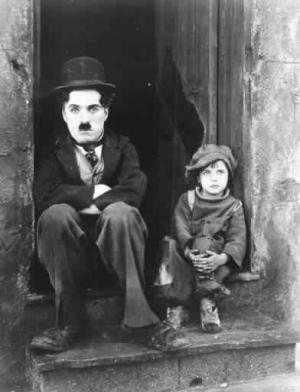“Barbie is the ultimate ambassador for girls,” says Mattel. That’s a little dubious, given her bio. Does this sound like your daughter?
“Barbara Millicent Roberts” attended Willows High School in Willows, Wis., and Manhattan International High School in New York City. She has 38 pets, including cats, dogs, horses, a panda, a lion cub, and a zebra. She also owns numerous cars, including several pink convertibles, and she operates commercial airliners when she’s not serving as a stewardess.
She dated Ken Carson for 43 years before dumping him to run for president in 2004. (Platform: create world peace, help the homeless, take care of animals.) As experience, her handlers cited “serving in the military, acting as a UNICEF ambassador and being a teacher.”
They also said she was “well-rounded.” That’s for sure. At life size, Barbie would be 5 foot 9 and measure 36-18-33. But it turns out you can be too rich and too thin: According to research by the University Central Hospital in Helsinki, Finland, Barbie would have too little body fat to menstruate.


